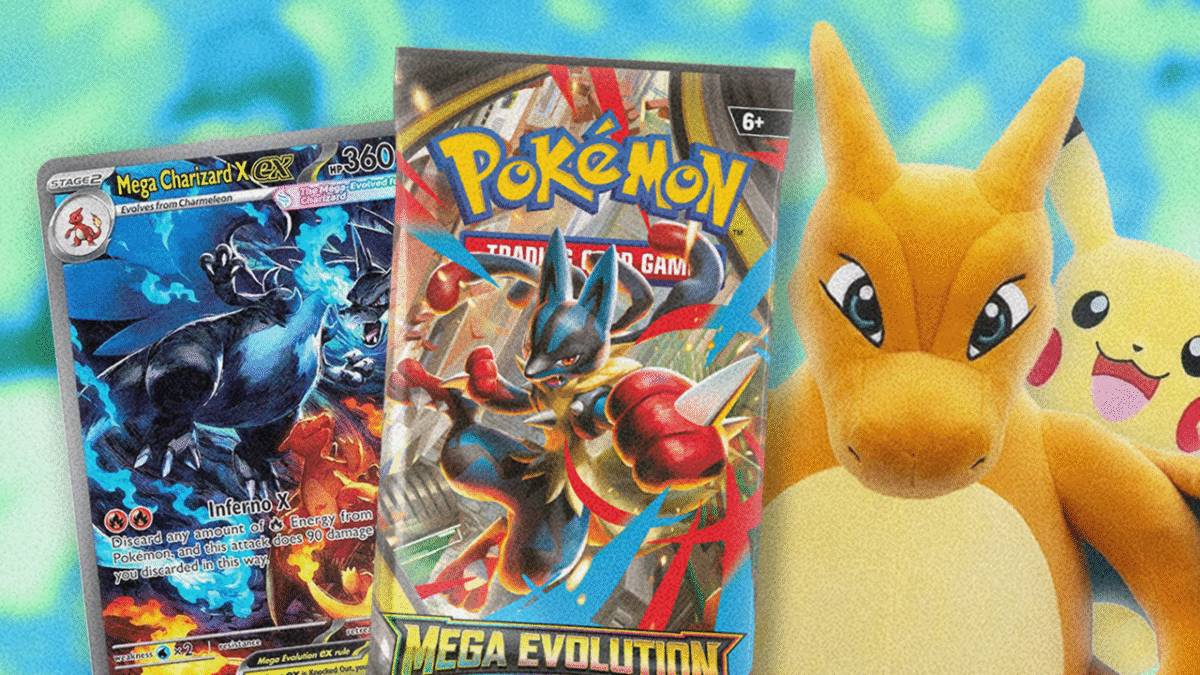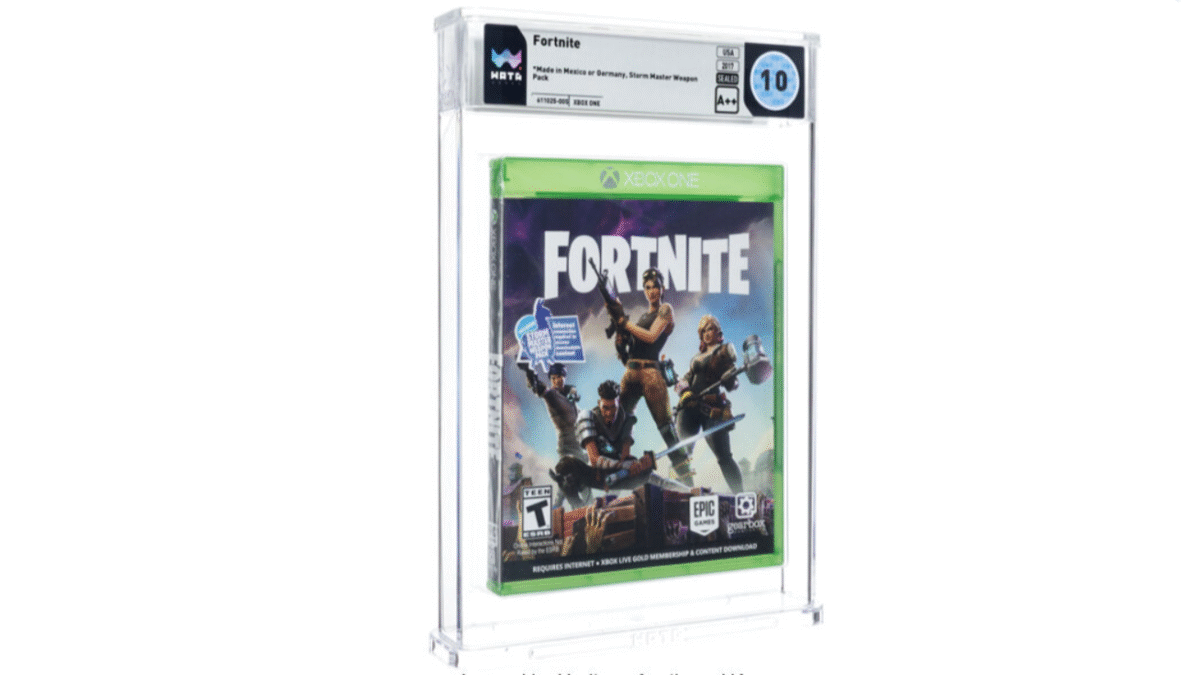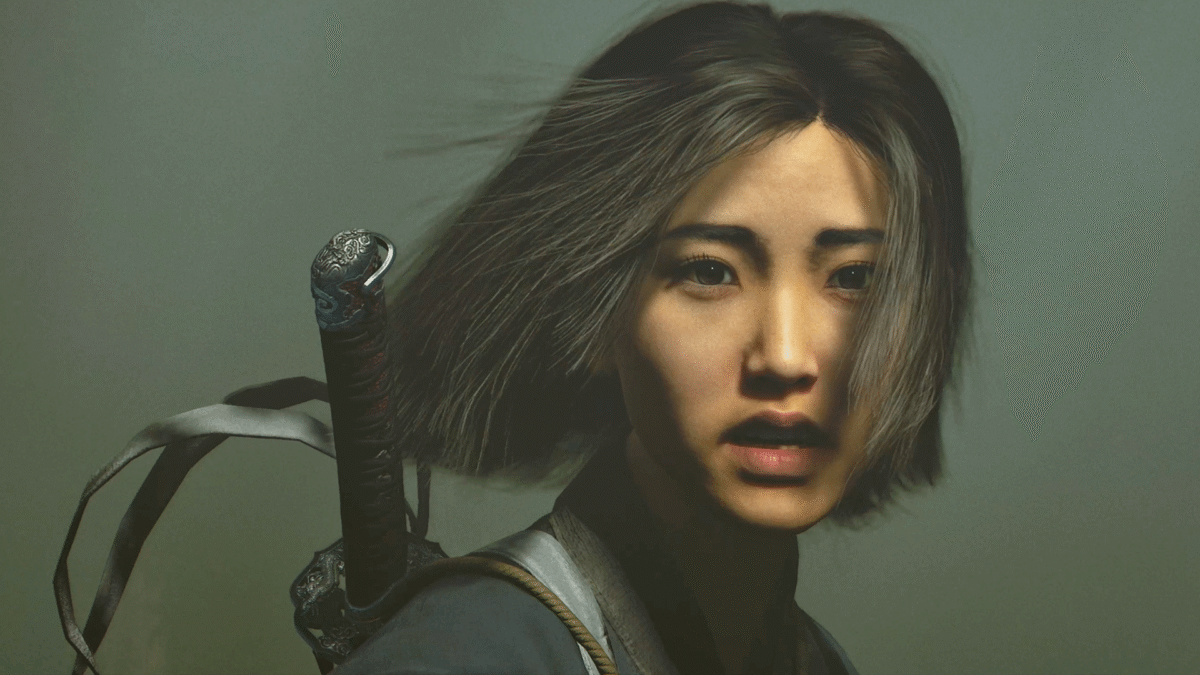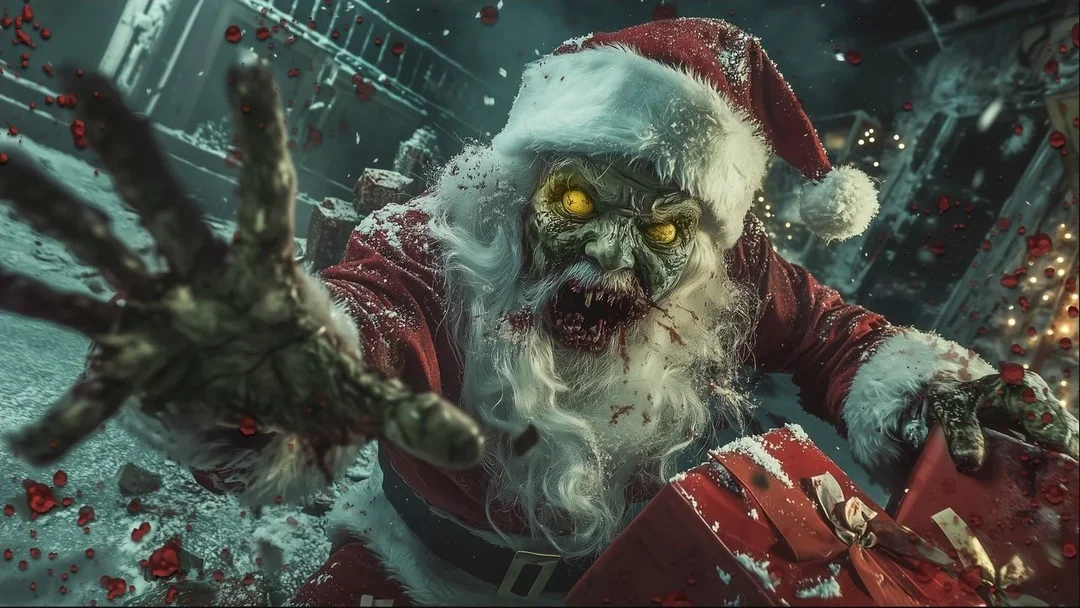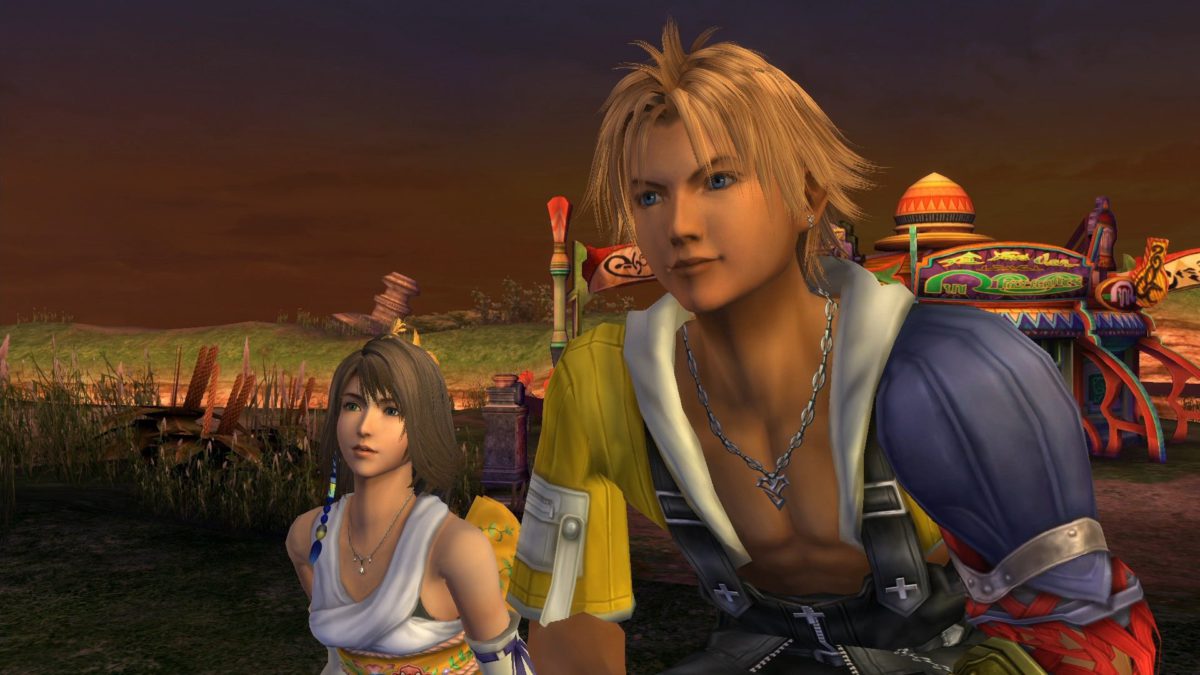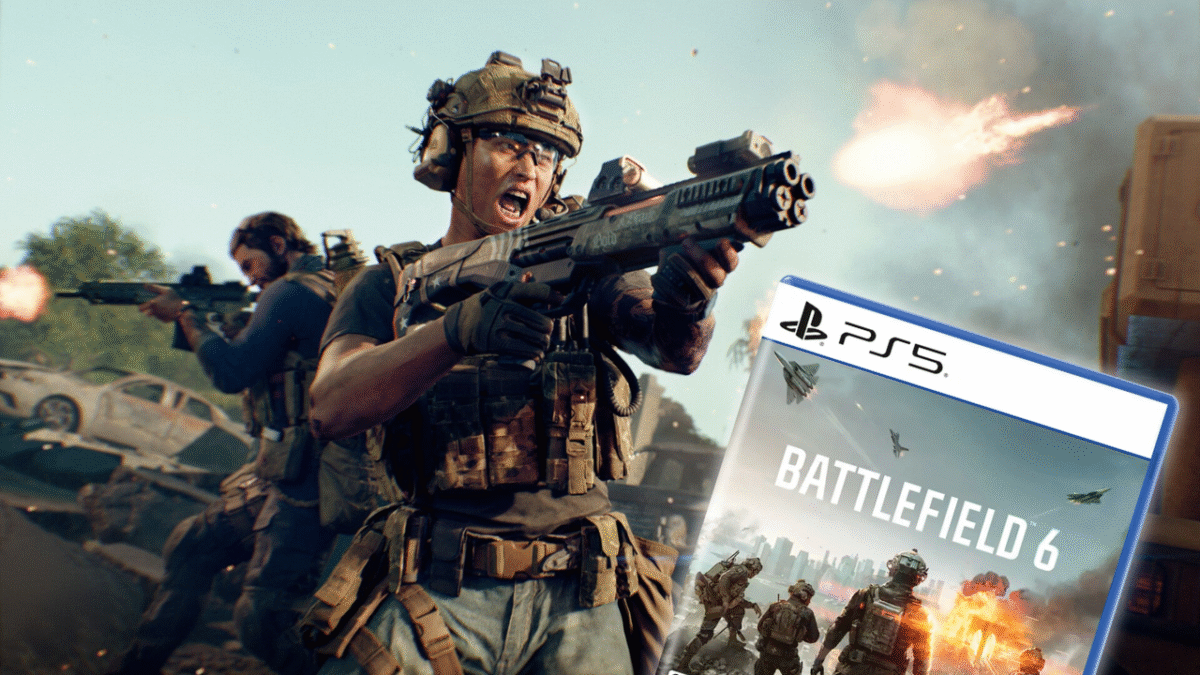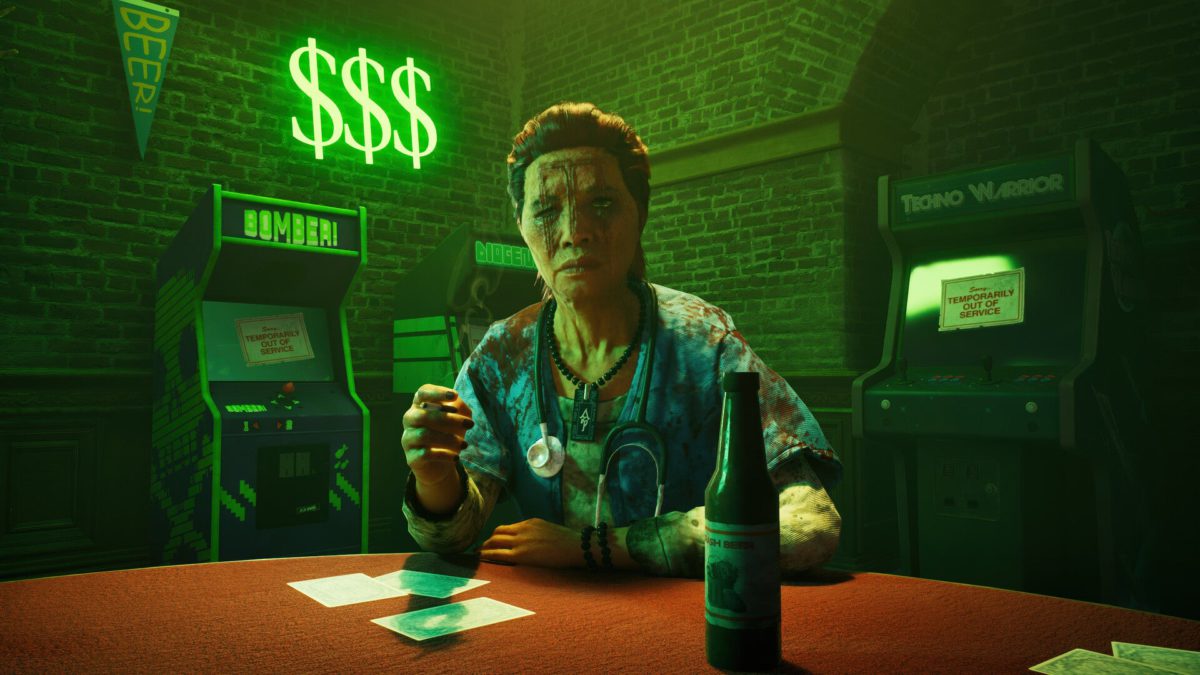
Here we go! It’s officially Black Friday 2025, and the amount of Pokémon deals available right now is insane. Rather than sifting through endless listings, I’ve already done my homework to ensure trainers catch the best Pokémon deals. From Pokémon TCG to Plushies, there’s something for every Pokéfan this year.
TL;DR: The Best Pokémon Black Friday Deals
The best thing about Amazon right now is the different ways to get even more money off these Black Friday deals. The first method is applying for an Amazon Visa card. If successful, you’ll snag a free and instant $60 Amazon gift card to spend right away, no need to get into debt.
You can also get up to 50% off using the AMEX or Discover loyalty scheme, which also includes points to spend on orders to save money. You usually have to spend atleast $1 on your card to activate the automatic discount, but you’ll end up saving far more.
Let’s get into the best 2025 Pokémon Black Friday deals, whhich i’m also keeping an eye on and updating until the end of Cyber Monday!
TCGPlayer’s Cyber Sale (Starts Nov. 28)
This promotion will be running until December 1, 11 pm ET. So if you’ve been waiting for your favorite chase cards to go down in value to snap them up, this is it.
TCGPlayer does these promotions once or twice a year for a big holiday like Black Friday and Halloween, but this 10% credit offer comes while Pokémon TCG is finding a new floor.
That much is clear just by looking at the most recent Pokémon TCG set, Phantasmal Flames. But more on that later, long story short, this is a great time to pick up chase cards.
If you’re planning on snapping up quite a few Pokémon cards in the sale, this is a great time to become a TCGPLayer subscriber. It costs $8.99 a month and gives users free delivers and 1% cashback regardless of the time of year.
Whilst this climbs to 3% after a years membership, subscriber will get a boosted 13% cashback over cyber weekend on top of their usual cashback. For longtime members, this could equate to 16% cashback, which is frankly insane.
Pokémon TCG
Amazon TCG sealed product is getting closer and closer to market value, with some products such as MEga Evolution and Phantasmal Flames dipping under quite often.
Whilst Black Friday is all about shifting old inventory, The Pokémon Company is still rolling out their bigger print runs, so expect pretty much anything in the TCG department this year.
Using the above discounts and gift card offer could even score you a free booster bundle or two this Black Friday, so stay savvy and I’ll keep trainers updated on any bangers.
AMEX and Discover Amazon Loyalty Discounts
Not only can you sign up for an Amazon Visa card for a free $60 gift voucher right now, but you can get up to 50% off Pokémon TCG if you use your AMEX or Discovery card when you place an order on Amazon.
You’ll only need to spend $1 to activate the automatic discount, so if you end up combining the 50% discount with the $60 gift card, you could get things like Booster Boxes and Blister Packs for free, with Elite Trainer Boxes costing around $20-$30. Now that’s a Black Friday deal!
Squishmallows
I’m calling it, Pokémon Squishmallows are perfect and i’ll die on that hill. Soft materials, even softer fillings and loads of different Pokémon to choose from. Tell me you don’t want to cuddle a Happy Pikachu when you go to bed on Christmas Day? I’m a 37 year old man, and I’m also not a liar. The 20″ Black Friday deals are the best at the moment, so snap one up.
Plushies
If you like all your Pokémon Plushies not looking like easter eggs this holiday, there’s plenty of official ones that have been given the Black Friday price cut too. Favorites such as Pikachu and Dragonite are here, and even a new set of Christmas Kanto starters to make your home or bedroom even cozier whilst its freezing outside. There’s also an Alolan Raticate if you like offending your eyes.
MEGA
Yes, Pokémon LEGO is coming in 2026, but that doesn’t mean MEGA Pokémon sets aren’t awesome. There’s some brilliant deals here, with my favorite being the Motion Gyarados. It rocks over 2000 pieces and has a moving mouth and tail, it’s a very cool display piece at a an even better Black Friday price.
Funko Pop!
An exclusive Softcolor Charmander Funko Pop! in a Black Friday deal? Insane scenes, snap that one up before it sells out. The Galar starters, Grookey, Sobble and Scorbunny are all here, including some fan favorites like Eevee and Mewtwo for well below MSRP. Catch ’em all!
Christian Wait is a contributing freelancer for IGN covering everything collectable and deals. Christian has over 7 years of experience in the Gaming and Tech industry with bylines at Mashable and Pocket-Tactics. Christian also makes hand-painted collectibles for Saber Miniatures. Christian is also the author of “Pokemon Ultimate Unofficial Gaming Guide by GamesWarrior”. Find Christian on X @ChrisReggieWait.

